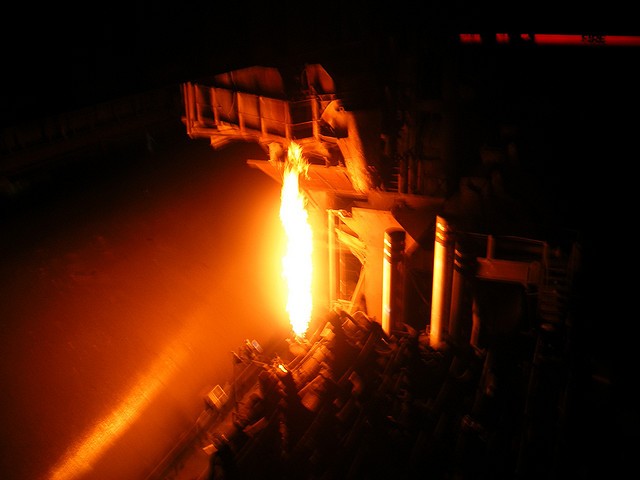
The two suppliers seemed locked in a rivalry as Brazil attempts to catch up to Mexico, who are seeing the benefits of investment in energy and economic reforms that has attracted billions in investment. Of these investments, the most demanding is in steel. Used for the manufacturing of everything from cars to infrastructure, makers of steel like Altos Hornos de Mexico and Ternium are seeing a boost in business that are surpassing estimates of Mexico’s growth.
Canacero, the steel chamber of Mexico, estimated that the production of steel may grow as much as 7%, coming to a grand total of more than 19 million tons, followed by another increase of 1.5% in 2015. This stands in contrast to the near 3% loss Brazil is bracing for at the end of this economic year.
This increase in productivity is seen by industry experts as emblematic of economic recovery to rival levels prior to financial crises. This does not, however, mean that Mexico is chief in production Brazil is on record as having produced more than 34 million tons of steel in 2013. Where Mexico shines is in its ability to to grow and follow trends, making market speculators estimate that the recent surpassing of Brazil in its rate of growth will continue as Brazil steadily declines.
Brazil’s failings have many factors that contributed to it. A decline in demand was expected to be balanced with the development of stadiums and buildings for the World Cup, but it did not compensate for the lack of sales. Brazil is also expecting a bubble in their auto industry, lowering the demand for steel even further.
Mexico can also boast a helping hand from their government while Brazil’s steel industry is restrained from assistance due to economic realities. Income in Brazil has seen a steady decline, making it difficult to compete effectively in many markets. Shares in Gerdau have seen a decline of nearly 30% and are expected to see another dip before the end of the year. Mexico’s Ternium may have also lost 16 shares, but its other main steel manufacturer, Altos Hornos, has had its shares suspended for over a decade due to debt. While one would assume this is bad for business, Altos Hornos is legally protected from creditors, allowing the manufacturer to grow with few restraints.
Intervention by the Mexican government has provided an economic boon to steel manufacturers, and because of it investment is expected to reach $3 billion in 2016, responding to incentives to boost car production as purchases have increased in recent years.
Mexican President Enrique Pena Nieto has been busy in introducing economic reforms, ending monopolies in the energy industry while encouraging mergers and joint ventures across industry with an emphasis on his nation’s growing steel production. This reform in energy is expected to pump about $50 billion into the Mexican economy in the next four years.
More work for Mexican steel comes from President Pena Nieto who has drafted an infrastructure plan that will nearly $600 billion dollars and an additional $9 billion for an international airport in Mexico City. Contracts for the steel needed is being negotiated with Mexican steel manufacturers.
Outside of the country, Mexico is expected to receive much more business from the U.S. thanks to NAFTA. U.S. economic recovery opens the door for mediation between the two nations and its demands for resources. Seeing the growth in Mexico will no doubt force U.S. leaders to reconsider their purchases from Brazil.











